NetRefer’s Cultural Traveller – Naila Takes Us to the Roads Less Travelled in Pakistan
Naila Hashmi – our fourteenth Cultural Traveller – is NetRefer’s HR Generalist – Talent Experience Manager. Hailing from Pakistan, Naila has been honing her professional skills in HR ever since graduating from university. Naila has lived most of her life in her native hometown of Islamabad – Pakistan’s capital and major metropolis. This time, she introduces us to this sprawling city as well as to some of the quieter places rich in idyllic natural scenery with unique topography as well as villages where time seems to have stopped flowing. She also takes us through the culinary traditions of Pakistan with some mouthwatering examples of cuisine and foodie-favourite souvenirs. All in all, it’s hard to miss the fact that Pakistan is a country firmly rooted in its own culture and traditions, having so much to offer to visitors. Join us as Naila takes us on a mental tour of what makes Pakistan a gorgeous destination!
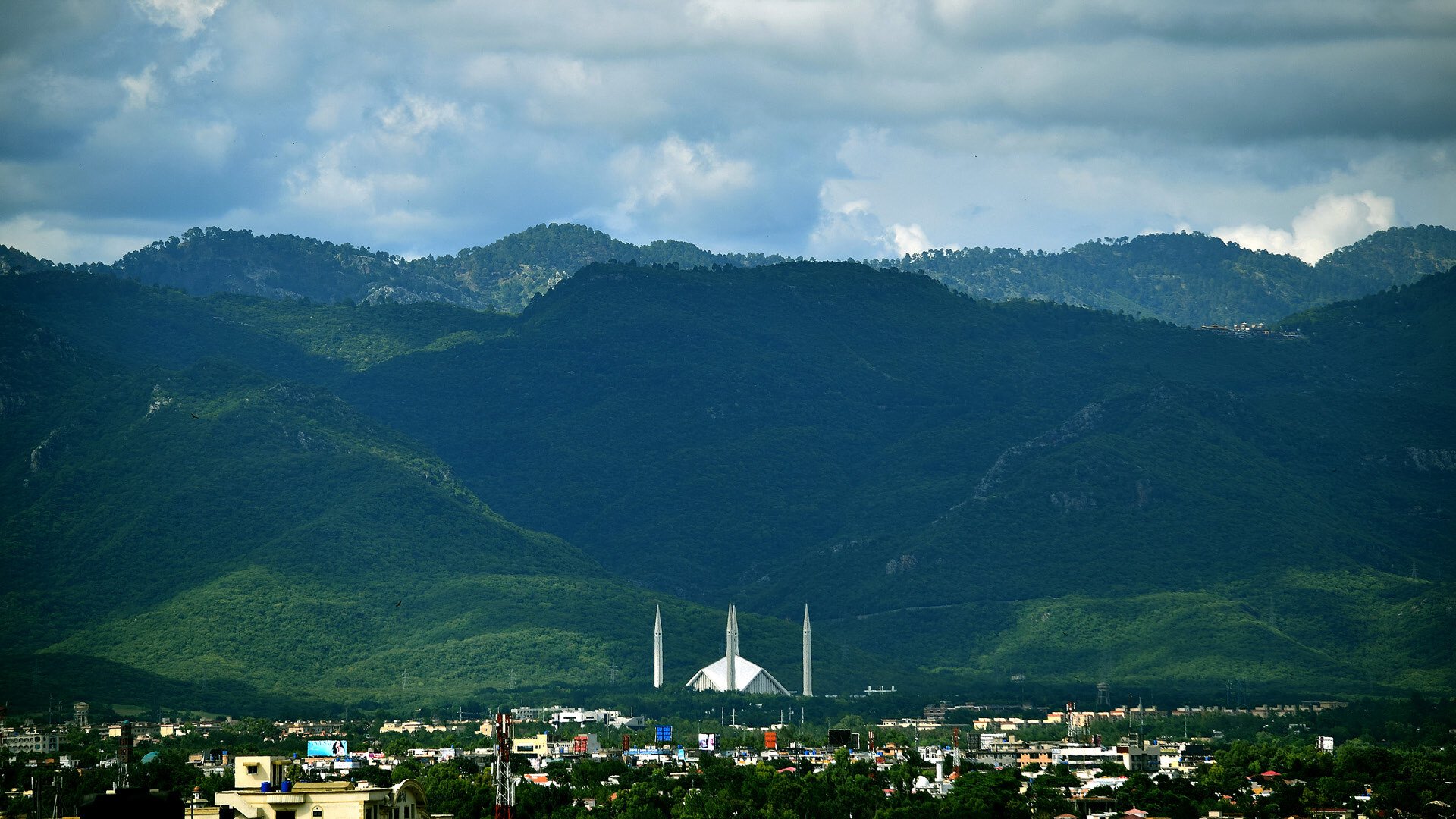
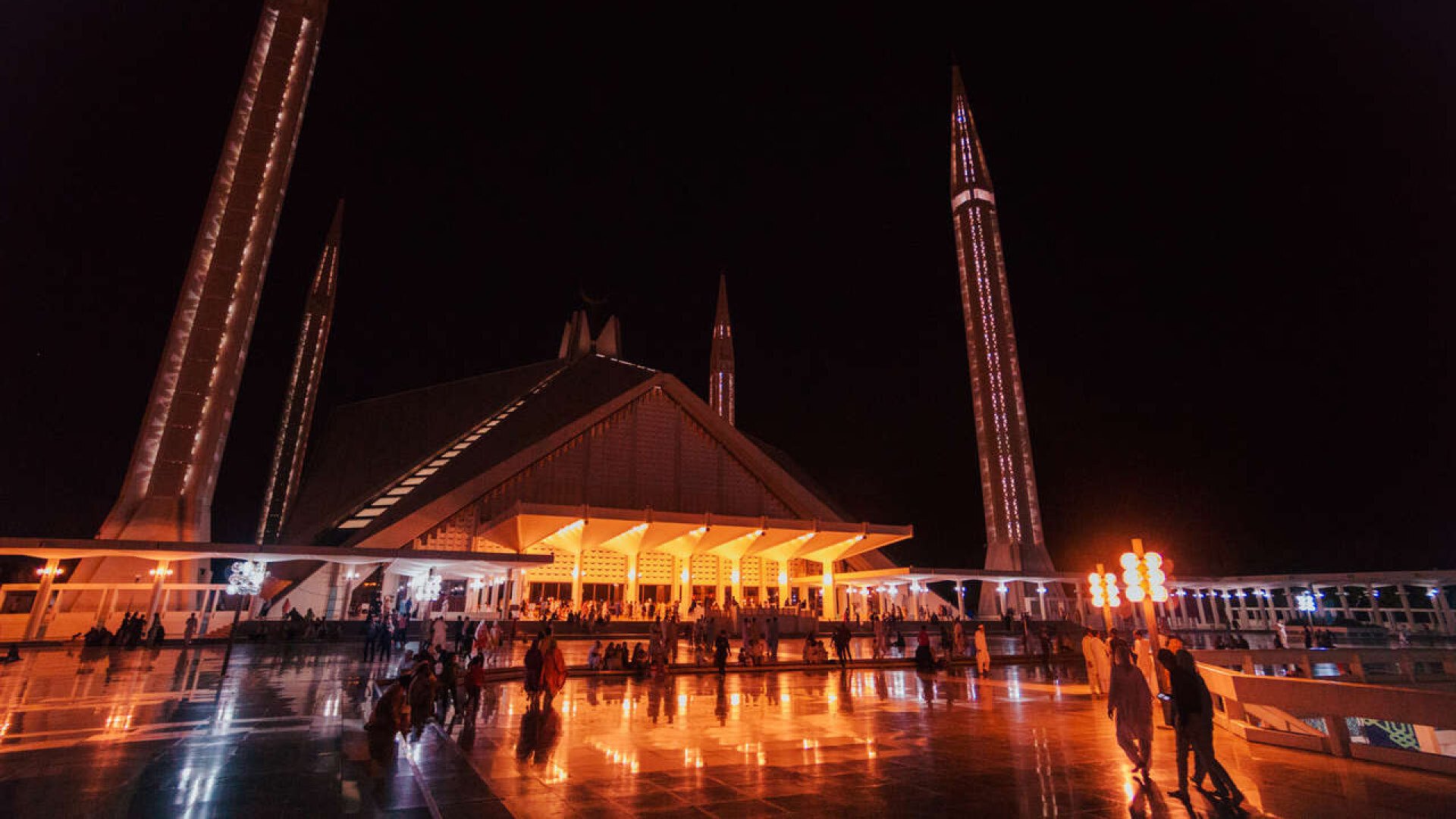
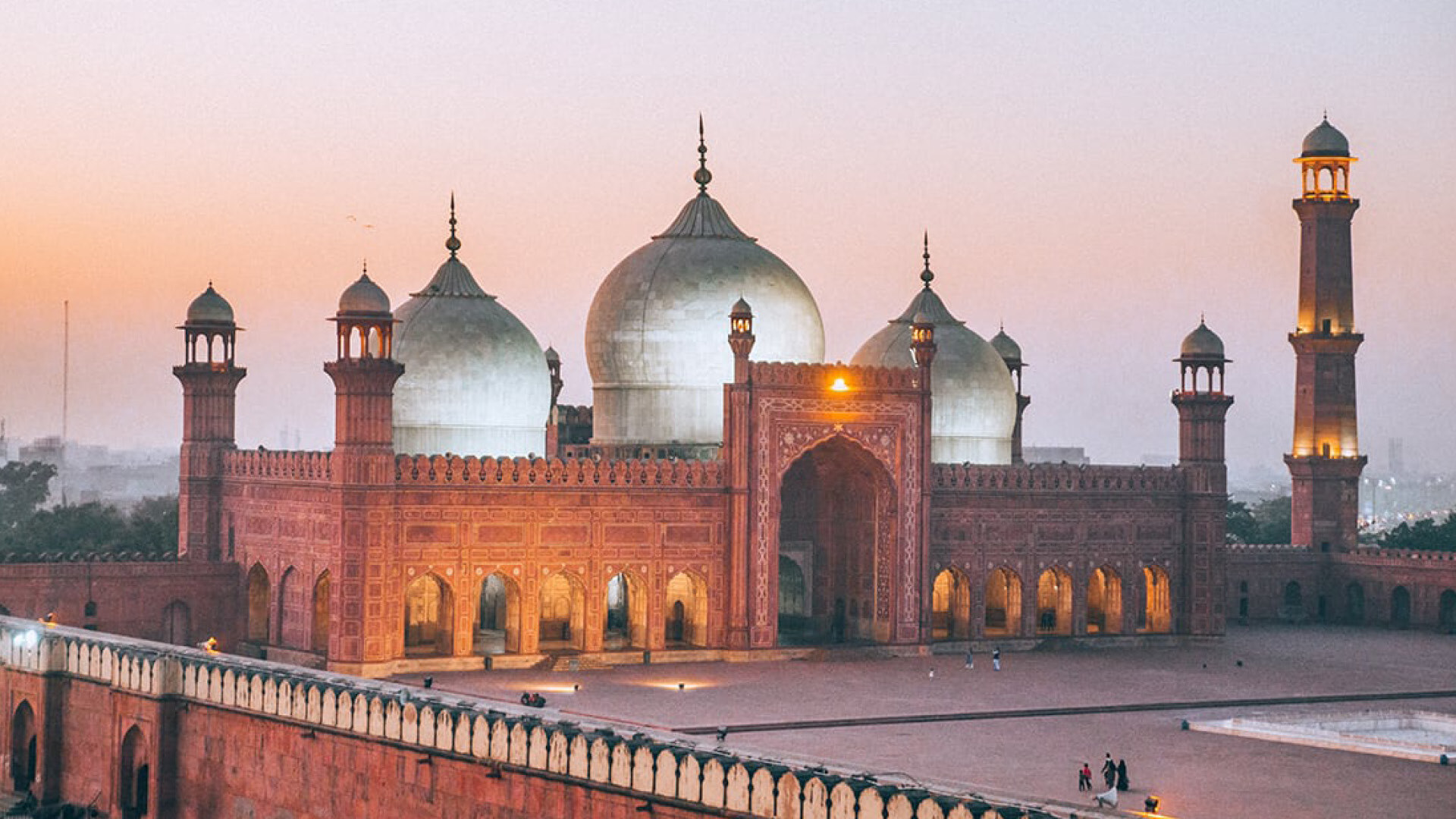
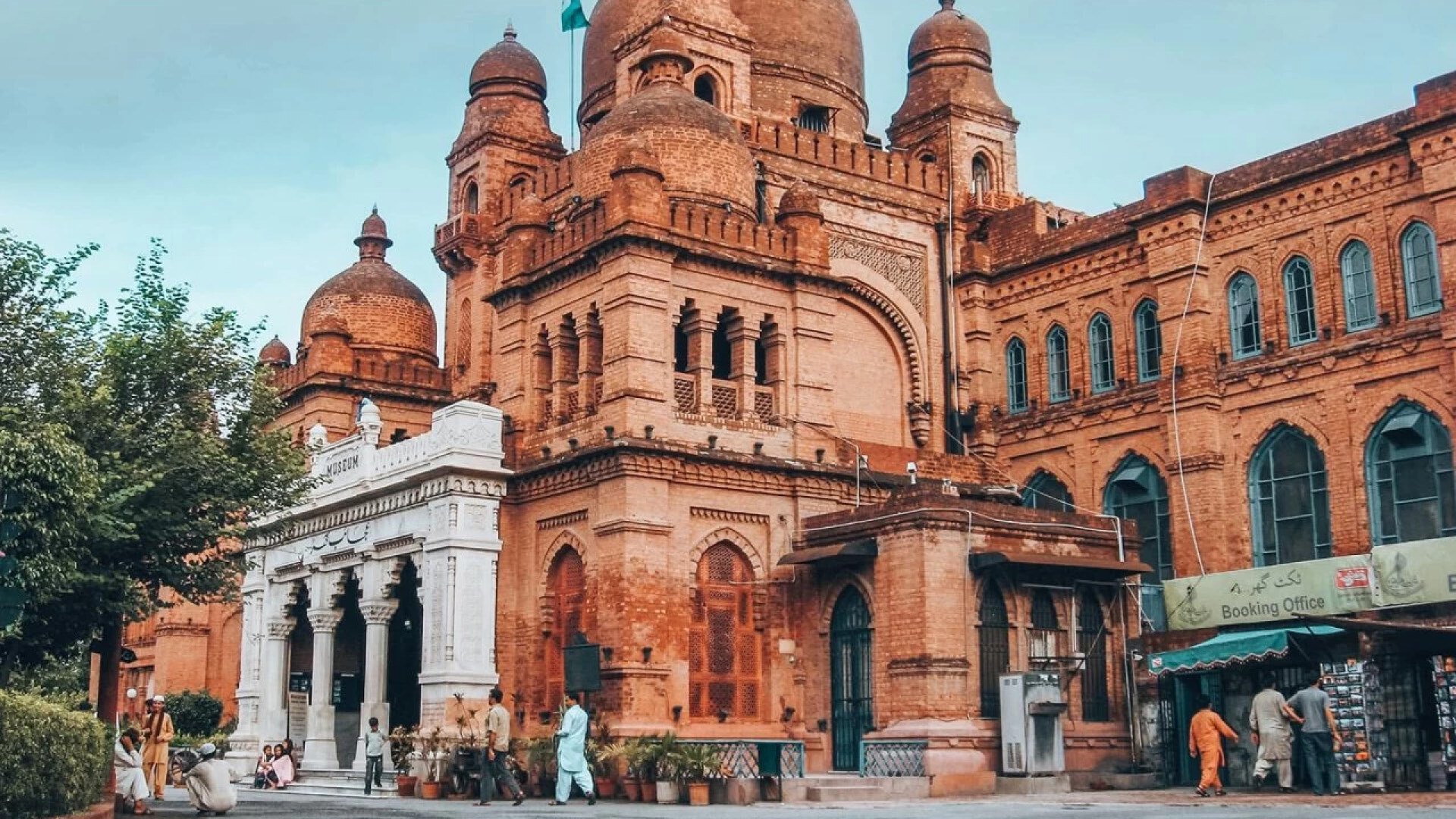
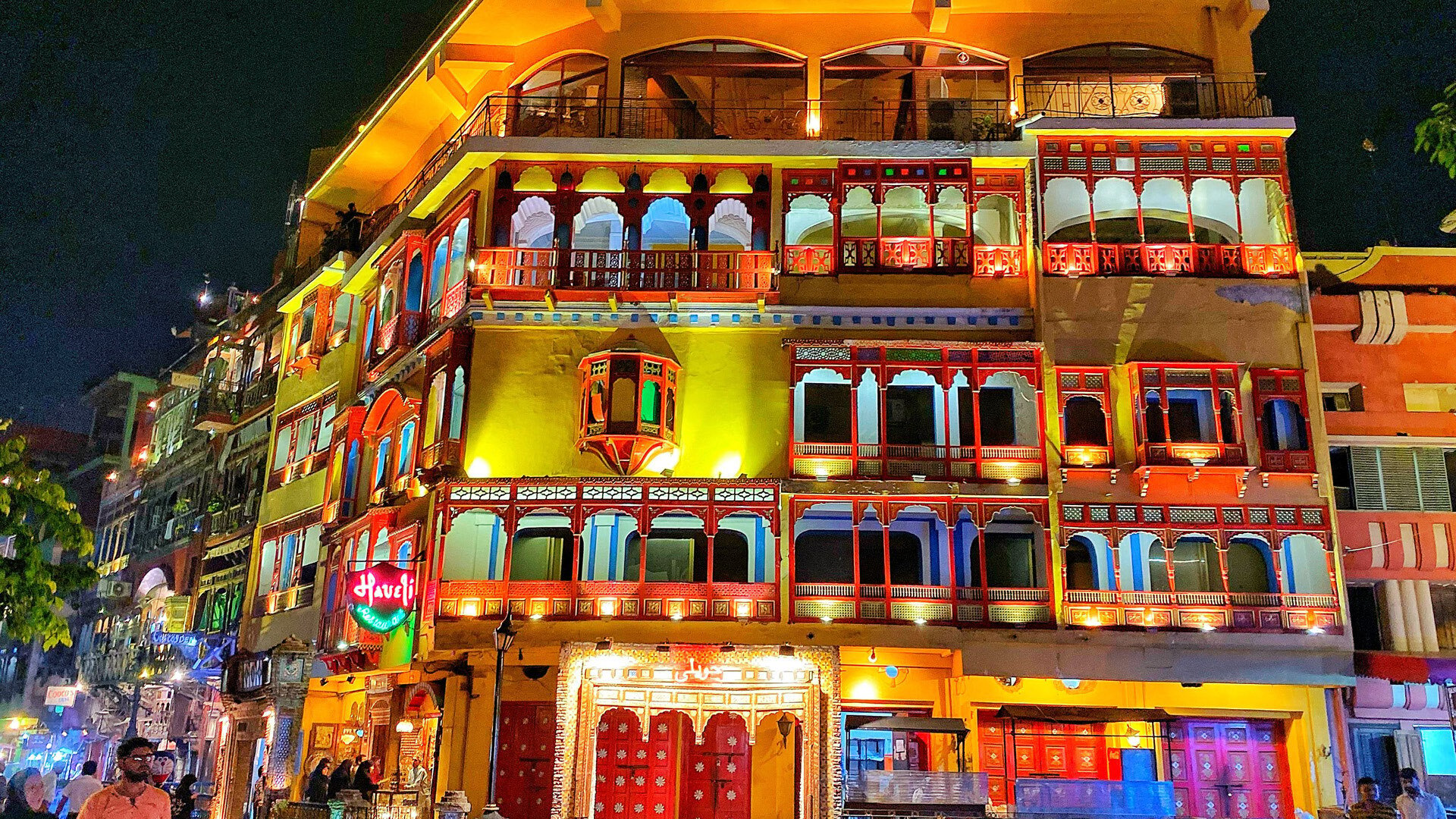
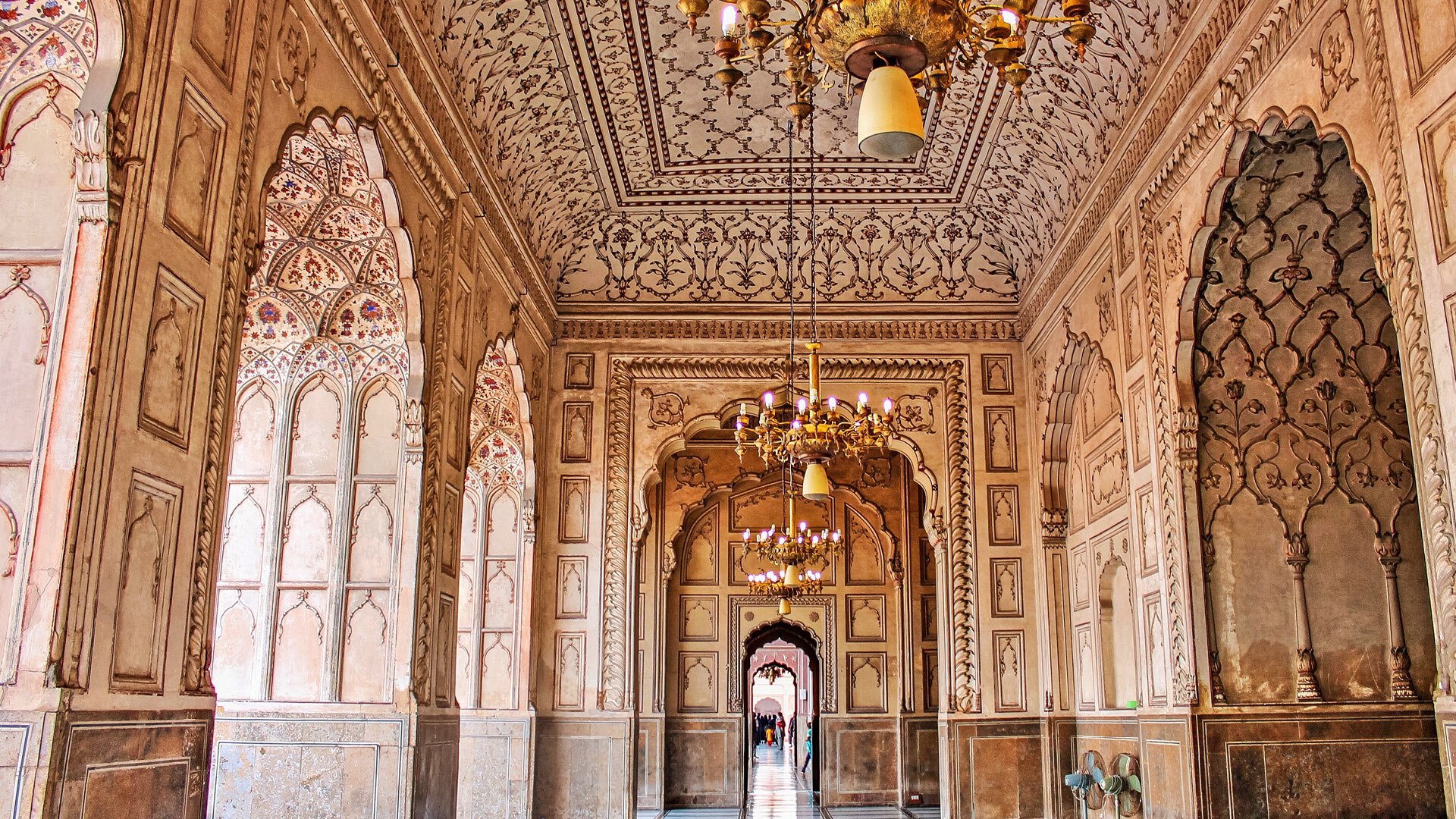
1. What makes Islamabad unique?
The culture and traditions of Islamabad in Pakistan make it quite unique, and generally speaking, people fully embrace their traditions and beliefs.
Many examples of this can be found in the way families function. For instance, you won’t find many homes for the elderly in Pakistan because extended families are likely to cohabit under one roof. And generally, people show great deference and respect to the elderly.
Also, staying on the note of families, our weddings are massive and opulent – we really have big, fat weddings! A function typically lasts three to four days. If there’s an engagement, this will be done separately, also as an official ceremony. There’s a lot of prep work for everyone involved. The actual ceremony includes something called ‘Mayo’ – the bridesmaid dresses in yellow and wears a particular type of jewellery, while the house is adorned to match. Relatives and other people close to the family are invited over for this prologue of sorts to the wedding ceremony. This is a stunning visual spectacle in itself, especially because of the beautiful fabrics and jewellery Pakistan is known for producing. Then, there’s a traditional dance event, called ‘Mehndi’. The actual act of the girl leaving her parents’ house is called ‘Barat’. And finally, the reception itself – ‘Walima’.
Pakistani people tend to favour a laid back and relaxed lifestyle. The idea of rushing to run errands and having several appointments lined up is almost unheard of. Stores stay open late into the night so people get things done at their own casual pace. This also works well because many locals have an active nightlife. You could almost say that Islamabad is a city that doesn’t sleep.
Apart from that, Pakistani people are very particular about their own traditional cuisine as they are about traditional craftsmanship (handcrafts, textiles, etc.). But more on that later on!
Topographically, Pakistan has a frozen desert that’s the highest above sea level in the world. We also have K2 – the second highest peak in the world. There is a deep seaport in Balochistan used to transport sui gas and coal. It connects different countries in Asia and Europe. These are just a few examples of the natural landscape wonders found here.
2. What are must-visit neighbouring cities and towns, and why?
Pakistan shares borders with India, China, and Iran. There’s a beautiful and naturally pristine mountainous area connecting Pakistan with China called Khunjerab Pass. Equally impressive is Hunza Valley in the north, once again connecting these two countries.
Naran is a medium-sized town in Kharan Valley that’s also breathtaking, home to endless green pastures, chains of mountains and quiet lakes. Part of this place is known in legends as ‘Fairy Meadows’.
Then, closer to Islamabad, you can find Murree – another picturesque mountain resort town.

3. What are staple historical sites any visitor should see in Islamabad? How about ones off the beaten track?
In Islamabad, Faisal Mosque is a historical landmark that attracts many visitors. It’s a splendid work of religious architecture with hills in the backdrop. For a different perspective of it, visit it at night, when it’s lit up.
Then, there’s Lahore – a walled city that retains a lot of its traditional character. Historical sites include Badshahi Mosque.
Another great one is Gawalmandi – a famous food street. The actual market is surrounded by three streets named after Lords from the British Empire, where you can find a lot of culture and tradition still alive. These streets are Lord Nisbet, Lord Chamberlain, and Lord McLeod.
Heera Mandi, also in Lahore, used to be famous for being a red-light district, where Mughals would come to watch music and dance shows. Now, it’s a cultural hub with a remarkable bazaar.
For something different but equally spectacular, Saidpur village in Islamabad retains a lot of cultural and historical tradition dating back to the Mughal Era.
4. If you were an outdoors/trekking type of person, where would you go?
Many of the places on the border mentioned earlier are great destinations, some of which, are unique landscapes in their own right.
One more place worth adding to your itinerary is Daman-e-Koh – a viewpoint with a hilltop garden almost 2500 feet above sea level. This natural beauty is located in the midst of Margalla Hills; it’s where you can find Saidpur Village mentioned earlier.
These outdoor areas offer several hiking trail options. These are numbered, which generally serves as an indication of the level of difficulty.

5. If someone’s a foodie, any particular types of food or drink you’d recommend and spots to try them out? How about if you’re a sweet tooth?
While Pakistani cuisine shares a lot of basics in common with neighbouring countries like India, it has its own dishes with their own trademark flavours nonetheless. Among the rich and diverse assortment of savoury dishes, you’ll find Samosa, Dahi Bhallay, Gol Gappay,
Biryani, Chicken Handi, among others.
There’s also the Pakistani way of preparing omelette, with red and green chillies and other spices, which is a delicacy in itself.
Pakistani cuisine has its own types of staple bread, including Roti, Paratha as well as a stuffed type of bread called Chapshurro and a savoury pancake known as Gyal.
Keep in mind that in Pakistan, meat is prepared using the Halal way (as well as the Kosher way), allowing the meat to be fresh – something that is valued a lot in Pakistani cuisine.
Halwa Puri is a traditional breakfast loved by many. It’s a sweet-ish pudding accompanied by thinly rolled dough made into very thin crispy layers.
Pakistani cuisine also balances things out with some really tasty sweets such as Gulab Jaman, Jalebi, Rus Gullay, Faloda, and Barfi.
6. What are the best beaches to go for a swim?
While Pakistan is not that well renowned for its beaches, it still has its own share of gems. The best places for a swim are Russian Beach and Manora Beach in Karachi.

7. If you want to go on an art/cultural tour, what are some good spots to visit?
Lahore border is very interesting because it connects Pakistan with India. At the same time every day, both countries’ flags are hoisted and lowered, and there’s a parade held to celebrate the relationship between the two countries.
Apart from this, Lahore simply has a lot to offer in the way of culture and art. One event you can catch there for a taste of it all is the Fine Arts Festival.
As mentioned earlier, Faisal Mosque in Islamabad is a landmark rich in cultural value.
Also worth revisiting here is Saidpur Village, also mentioned earlier. It’s historical atmosphere almost make it feel frozen in time. It’s a great way to experience living and breathing Pakistani tradition in its own natural setting.
Returning to Islamabad, some of the recommended museums include Lok Virsa Heritage Museum and Taxila Museum. Lok Virsa is administered and curated by the National Institute of Folk and Traditional Heritage. Its goal is to showcase the different living cultures of Pakistan in one place. It consists of both several indoor buildings and outdoor sites. Taxila, located in Punjab, houses an impressive collection of Gandhara art and artefacts excavated from the ruins of ancient Taxila, and they cover the period in history between the 1st and 7th century C.E. This one is usually a very common destination for school trips as it introduces a lot of history to children.
One last museum to include here is the Pakistan Monument Museum. It’s a monument on the outside and a museum on the inside in one that showcases several historical points of interest starting from ancient civilisation all the way up to the freedom struggle as well as national birth and independence.
8. Is there a good public transport infrastructure? What is the best way to get around town?
Public transport infrastructure isn’t all that solid. So, the best and easiest way to get around town is by taxi. Then, we have metro buses that only cover specific areas in town.
You also have the option to rent a car, which is an easy and straightforward process.
When you’re in Lahore as well as in Rawalpindi (also known as Pindi) – Islamabad’s twin city – a fun way to get around with a traditional twist are rickshaws. This is not something you will typically find in Islamabad though.

9. What are the best seasons to visit Islamabad and other surrounding areas? And does it change a lot from one season to another?
Pakistan has four seasons, all very distinct from one another. If you’re visiting the northern region, any time between May and October will be great as the climate will be mild throughout. After that, it snows and the temperatures drop significantly.
Otherwise, if you’re visiting Lahore or Islamabad, I tend to like winter as the temperatures are more comfortable. On the other hand, summer tends to get exceedingly hot.
10. What are some customs/manners/expressions one should know when visiting?
When tourists visiting show even as little as a basic knowledge of Urdu – the most widespread language – or any of the other languages spoken, this makes Pakistani people very happy. For them, it means that the visitor is showing an appreciation of their culture.
“Assalam alaikum” is the most popular greeting used when meeting someone. Even though the English-adopted “Hello” is very widespread too. On the other hand, when meeting people, it’s rare that they will shake hands or hug. “Allah Hafiz” is used to say “Goodbye”. “Acha” translates loosely to “nice” but it has several meanings and is used often as an interjection. Another interjection you’ll hear often is the word “Han”. It’s also useful to know how to say “Thank you”; in this case, it’s “Shukrya”.
Moving onto customs, it’s good to know that praying is an integral part of Pakistani culture. When praying or visiting sacred places of worship (Mosques, etc.), you’re expected to dress decently. Women must wear clothes that cover their entire body apart from their hands and face.
It turns out that not only does it provide a refreshed and more focused state of mind for those who practice, but it also helps with organising your day. Since it’s customary to pray daily, people must organize their daily schedules and routines around that.
Another note on dress code, women won’t typically wear very revealing clothes when out in most public spaces. Also, public displays of affection are typically avoided, and people in Pakistan tend to be rather concerned with what others think about them.

11. Is it acceptable to haggle or is it considered rude?
Haggling is a big thing at markets and small stores to the point that you can say people enjoy it like a sport of sorts. It’s certainly an acquired skill and prices might be set higher to start with as you’d be expected to haggle anyway.
12. What kind of nightlife can visitors enjoy? Any locales you’d recommend for that?
When you head out at night, you can find a lot of bars or cafes equipped with authentic sheesha. For some time, this was banned throughout Islamabad and Lahore but now it’s made its way back into public places.
Then, eating out at night is another big thing for Pakistani people. You’ll find several streets with restaurants catering for different tastes. Apart from Pakistani food, you can easily find a lot of good Chinese food too.
Then, festivals and concerts as well as private dance parties are some of the best ways Pakistanis tend to enjoy a night out.
13. What activities do you recommend for people travelling with kids?
Families often take their kids to the mall, where you can find kids’ play spaces. Kids also love to play bowling and it’s an activity that brings the whole family together. Arcades are also still very popular venues with kids, especially the slightly older ones.

14. How easy is it to make friends with the locals?
Pakistani people are known to be excellent and very welcoming hosts. Whenever someone is invited over, the host will bring out the best tea and food and make them feel welcome. This considerate behaviour is instilled since childhood.
Also, Pakistani people really appreciate visitors showing an interest in their culture in one way or another. This could even mean just knowing how to say some basic phrases in native tongue.
Also, locals tend to be very courteous and polite and somewhat indirect with foreigners but then very direct with family members. But on the other hand, they do get close and friendly very easily.
One interesting thing to note is that getting a visa for Pakistan is no easy feat. As a result, there aren’t that many immigrants. And due to this shortage, foreigners who do actually make it in are given a lot of preferential treatment. That said, Islamabad has the largest concentration of foreigners from all Pakistani cities, especially due to the number of embassies there.
15. How safe is Islamabad & Lahore? And are there any specific areas to look for hotels and ones to avoid?
Islamabad and places like Lahore are generally considered to be some of the safest regions in Pakistan. If you’re looking for reliable places to stay, you can’t go wrong with choices like Marriot and Serena. Avoid guest houses as a general rule of thumb.
The best sectors to look for residence include F7, F10, F11, E7 and F8.
That said, if you’re a girl, you’ll want to stay vigilant if you’re walking out at night.
16. Where can tourists go for shopping? And what kind of things can they shop for?
Wholesale markets are a favourite shopping destination for the locals. We have an endless variety of these, especially throughout Islamabad. Similarly, you’ll find many clothes factories selling things at reasonable prices.
If you’re looking for branded stuff, shopping malls is where you’ll find it all. The Centaurus Mall, Giga Mall, Safa Mall are some of the biggest and most sought after ones.

17. What are some recommended souvenirs travellers should look for?
Pakistan is famous for its fine textiles. This is why many types of clothing, especially shawls, are something you’ll want to look out for. Other examples of textiles that sell like hot cakes include carpets.
Pakistani leather is also famous, so whatever you get made from leather will probably be a good souvenir to take back home. The brand name Jafferjees is one of the most famous designer brands specialising in leather, where you can find all sorts of items.
While not considered a souvenir in the traditional sense, if you’re a football fan, you can always buy leather footballs to take back home too. Pakistan-produced ones are considered some of the best in the world.
You can also find gorgeous antiques and pottery at a range of prices. Pakistan has a rich and old craftsmanship tradition. So, taking back a fragment of this tradition with you home is a nice way to top off your holiday.
The same goes for Pakistani jewellery. The artisan attention to detail can be seen at special events such as weddings, where the girls will typically wear stunning samples.
We also have something for the foodies as well – mainly, tasty mangoes and dried fruit.
18. What would you recommend to tourists who want to take boat rides/tours around the city?
One of the best ways to tour the best places is by taking a ride on the double-decker tour buses. You can find these throughout both Islamabad and Lahore.

19. What extreme sports can you try in Islamabad and neighbouring places?
Generally, you’ll find most kinds of extreme sports. Paragliding and parachuting, for instance, are popular ones. Then, if you want something like winter sports, you need to go to the colder, and often, mountainous regions.
20. What is the national sport? And when and where can visitors go to watch pro level matches?
Hockey is the national sport but cricket is by far the sport with the biggest following. You can catch professional matches at stadiums in Pindi, Lahore and Karachi.
21. What are some festivals or concerts to look out for? How about local feasts?
Eid is one of the major celebrations in Pakistan. There are two to be aware of – Eid al-Adha and Eid ul-Fitr.
Then, Independence Day on 14th August, will see lavish parades taking to the streets and jets and helicopters the skies, putting on airshows.
If you’re into music and you want to experience local artists performing live, Pakistan holds a lot of concerts featuring popular local artists mainly. Coke Fest (sponsored by Coca Cola) is known to be a major one.
Join the colourful, diverse team that is NetRefer. Meet other Cultural Travellers, share your experiences and make many more memorable ones. You belong here!
